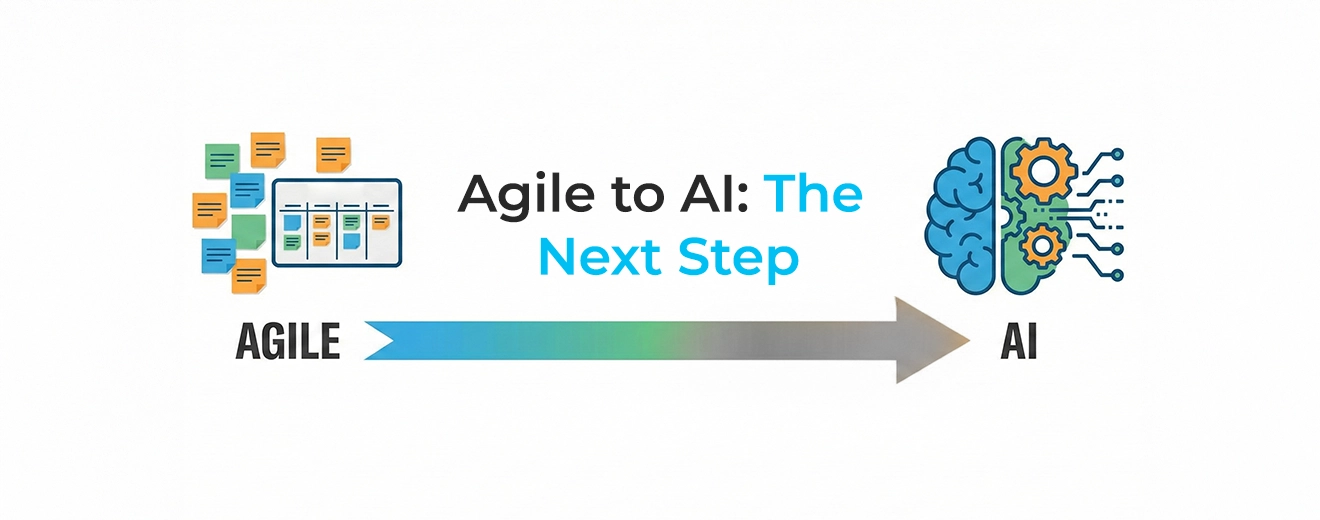In leadership, there’s a delicate balance that’s often hard to strike. Leaders across industries and sectors want to create environments that resonate with safety and empowerment.
During my years of coaching and mentoring, there is often near 100% agreement and enthusiasm for creating more safety and empowerment.
However, a common challenge surfaces when under real-world pressure. Just like a pot nearing its boiling point, leaders, despite their best intentions, can shift back to traditional command and control methods.
Unfortunately, this can and does disrupt the essence of a culture of safety and empowerment they want to establish.
Related: Use POWER START For More Purposeful and Effective Meetings
The Leadership Paradox

Their actions, especially under duress, are sometimes in stark contrast to their professed desires.
This can be baffling for the external observer – especially the team that works under them. It’s not uncommon for these leaders to be branded as hypocrites. But here’s a crucial perspective to consider: they are merely navigating the human experience.
Our brains, wired through years of history and change, have two modes of operating. The logical part gravitates towards being grounded, thoughtful, and responsive. On the other side, the emotional brain, often influenced by past experiences and ingrained habits, can compel us towards immediate reactions, especially under stress.
A Deeper Dive into Reactiveness
Let’s walk through a tangible scenario:
Sarah, a seasoned marketing head, is all set to launch a new sustainable product line. But right before D-day, a glaring miscommunication with her suppliers unravels. A key component falls short of its sustainability promise. To make matters worse, the press gets a whiff of this oversight, and a potential PR nightmare looms.
Amidst this chaos, Sarah, like any of us, grapples with a surge of emotions—panic, frustration, and perhaps a sense of betrayal. Without missing a beat, she dashes off a stern email to her suppliers and her team. Later, during an internal huddle, her disappointment is palpable in tone and choice of words. The veneer of her composed leadership momentarily cracks, laying bare her raw emotional turmoil.
Introducing The NEAT Paradigm
When mentoring leaders like Sarah, who occasionally find themselves at crossroads, I introduce them to the transformative ‘NEAT’ process:
Normal: Recognise that emotional turbulence? It’s perfectly natural. Every emotional spike, be it of joy, sorrow, or anger, underscores the vibrancy of our human experience.
Expect: Our rich tapestry of emotions is a testament to a mentally agile brain. Embrace every emotional crescendo, knowing it’s an intrinsic part of who you are.
Accept: Denying or suppressing emotions is akin to denying oneself. Embrace, understand, and, most importantly, allow them to flow through you.
Take Care: Harness the power of consciousness. By acknowledging the normalcy of emotions, one can ride them out, patiently waiting for the logical brain to recalibrate and offer a balanced perspective.
Sarah’s Redemption:
Post her emotional outburst, Sarah introspects. Drawing upon the NEAT methodology:
She acknowledges her response.
She understands her instinctual reactions.
She accepts her emotions, seeing them as markers of her humanity.
And then, with poise, she recalibrates.
Gathering her team, Sarah is transparent about the challenges ahead. Instead of shirking responsibility, they collectively brainstorm. Their collaborative spirit, guided by Sarah’s humility and commitment, turns a crisis into an opportunity.
Related: How to make progress with difficult decisions
In Conclusion:
Emotional reactivity isn’t a flaw; it’s a facet of our intricate human design. If you ever find yourself in a place of reactiveness, remember mastering responsiveness is a journey, and like any skill, it requires patience, practice, and perseverance.
Leadership isn’t about being unflappable; it’s about harnessing one’s emotions, channelling them productively, and, most importantly, being genuine and grounded. So, the next time the emotional waves rise, ride them with grace and respond with clarity.

.png)



